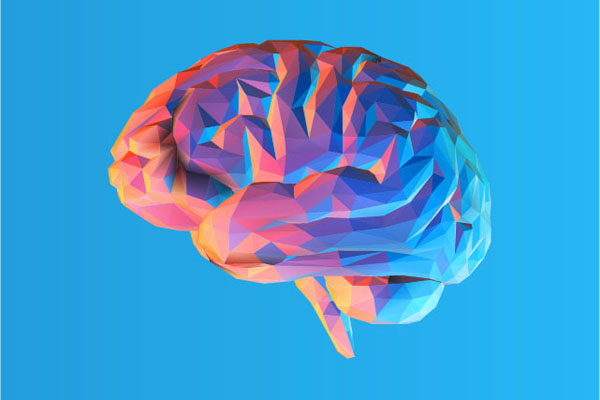 Transcranial magnetic stimulation (TMS) has gained recognition in recent years as an effective treatment option for patients with depression that does not respond to medication. TMS was certified by the Federal Drug Administration (FDA) in 2008, and it is now widely accessible across the United States.
Transcranial magnetic stimulation (TMS) has gained recognition in recent years as an effective treatment option for patients with depression that does not respond to medication. TMS was certified by the Federal Drug Administration (FDA) in 2008, and it is now widely accessible across the United States.
The application of TMS for depression treatment
According to the National Institute of Mental Health, over 17 million individuals in the United States suffer from a major depressive disorder, commonly known as depression. Depression is a diagnosable mood disease that manifests as profound sorrow, decreased energy and appetite, and a loss of interest in formerly pleasurable activities.
Depression, if left untreated, may result in severe health problems, including suicide. Psychiatrists often prescribe antidepressants to treat depression as a first-line treatment. Other therapies, like counseling and better diet and exercise habits, may help antidepressant medicines work more effectively. However, some individuals do not respond to antidepressants.
How TMS works for mood regulation
TMS is a non-invasive means of stimulating the brain. It works by transferring electromagnetic induction via an insulated coil placed over the patient's head. It is then concentrated on a region of the brain believed to be involved in mood regulation. The coil sends short magnetic pulses through the patient's skull and into the brain. The pulses are identical to those produced by magnetic resonance imaging (MRI) devices in terms of nature and intensity. Since these pulses are administered in fast succession, the therapy is called "repetitive TMS" or "rTMS" and results in longer-lasting alterations in brain activity.
Some mental health professionals now prescribe a variation of TMS called deep transcranial magnetic stimulation (dTMS), which employs an H-coil, a newer kind of coil capable of directly stimulating deeper and bigger brain volumes. This coil has a broader effect on neural pathways, affecting deep cortical areas and fibers that reach subcortical locations. It achieves this without causing any remarkable increase in the generated electric field in the superficial cortical layers.
How TMS treatment is administered
An electromagnetic coil is attached to the patient's scalp and near the forehead during a TMS treatment session. The electromagnet generates a painless magnetic pulse that activates nerve cells in the brain area that is responsible for mood and sadness. TMS stimulates areas of the brain whose activity levels have slowed down as a result of depression.
While researchers do not have complete insight into the working mechanism of TMS, they have studied how it affects how the brain functions. This seems to alleviate depressive symptoms, boost mood, and facilitate the patient's return to regular activities. As the medical community gains more knowledge about the technique, they will offer other methods for administering TMS treatment to maximize its efficacy.
In summary
TMS may be an effective and non-invasive treatment alternative for those who have not improved from using medication or psychotherapy. While TMS is also used to treat obsessive-compulsive disorder, posttraumatic stress disorder, and other mental health issues, it has had more success in treating depression.
Request an appointment or call Hope TMS and Neuropsychiatric Center at 646-578-8152 for an appointment in our New York office.
Recent Posts
Transcranial magnetic stimulation (TMS) is a cutting-edge treatment that offers hope for people dealing with depression and anxiety, especially those who have not found relief with medication or therapy. TMS is a non-invasive procedure that uses magnetic fields to stimulate specific areas of the brain involved in mood regulation. This innovative approach is helping many…
Transcranial magnetic stimulation therapy, or TMS therapy, stimulates the brain to manage symptoms of depression and other mental health issues. Psychiatrists recommend the treatment to patients who fail to respond to more conventional therapies. Read on to learn how TMS works and whether the treatment is a good fit.Psychiatry involves crafting personalized treatment plans that…
Transcranial magnetic stimulation (TMS) has been proven to be an effective therapy for depression. Read on to learn more about this type of treatment. However, even if an introductory course of TMS therapy is effective, therapeutic care of a patient with depression usually does not end after the first acute treatment. Depression is a chronic…


